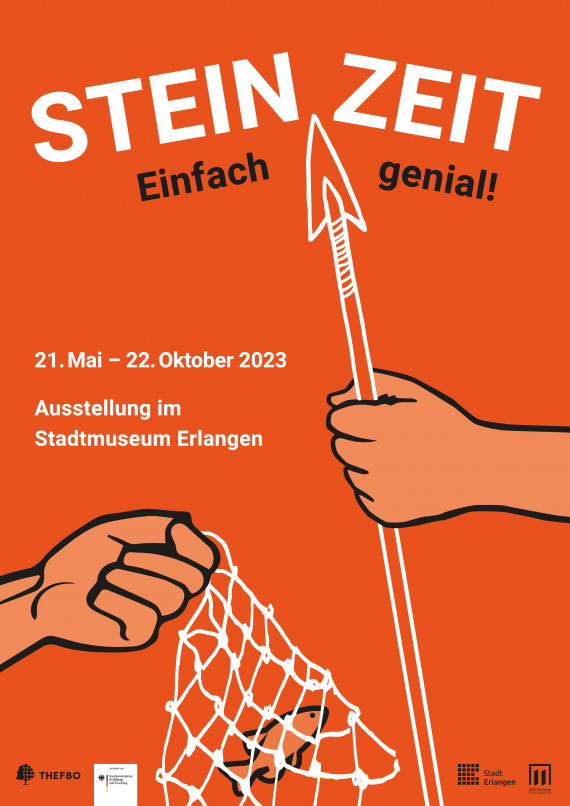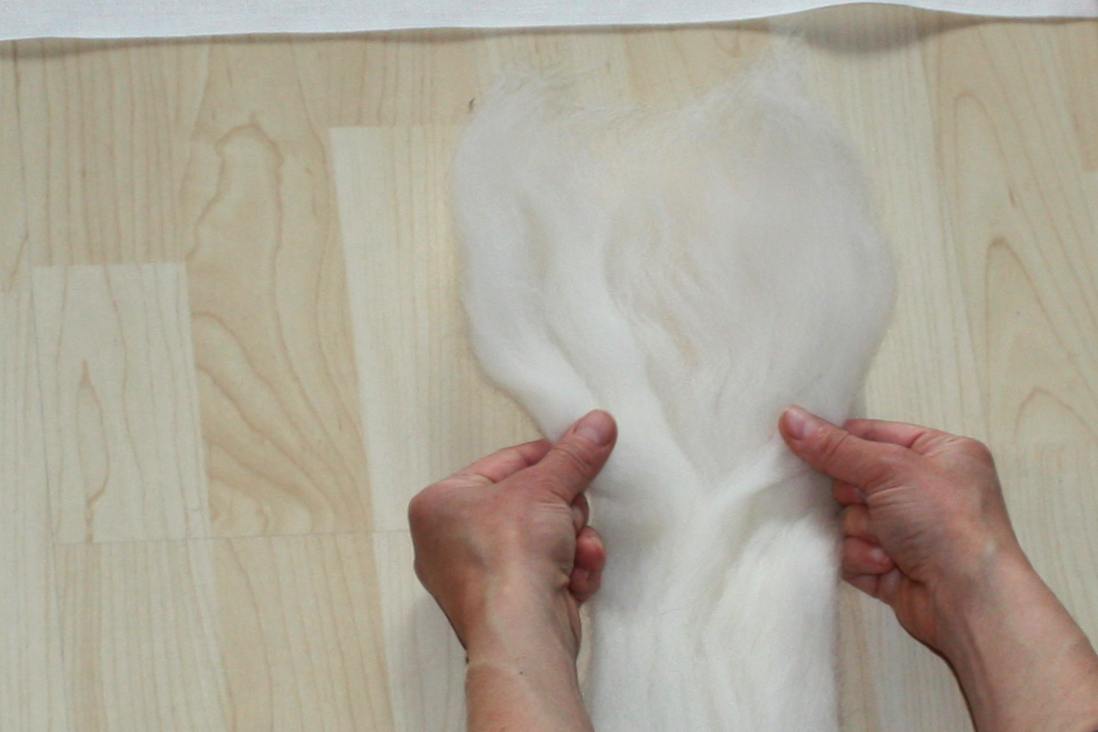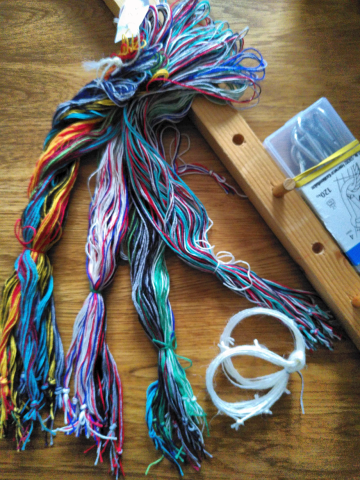With the pandemic lasting for rather long, I started (like some other people) to offer some of my workshops or courses online. So far it's the sewing workshop (about medieval stitches, seams, and hem types) and the spinning workshop.
I've been asked at some points about offering other workshops as well, and I've thought about it, but not every one of my workshops is online-able, at least not in my reckoning and how I teach it.
The most recent in-person techniques that I taught were the tablet-weaving workshop and the loop-braiding one. I can definitely say that I will not offer the tablet weaving one as a digital version. There are several reasons for that.
One of them is that there's often little movements or little habits that influence how smoothly the weaving goes. I need to see these, and in my experience from the spinning workshop, that is just not possible via a small screen and with limited camera positioning possibilities. It's not as crucial in the spinning workshop as it is for tablet weaving, and there it can already cause issues.
I also need to be able to see the band, in detail and from up close - because occasionally, threading errors happen, or a single tablet flips or goes out of alignment, and, well, see above.
Those are the visual issues.
Warping is another thing where I have a set-up in the workshop that works well, but it requires using my favourite all-purpose-tool: the clamp. To be more accurate, four clamps per person. These are used for warping, then two serve as anchor points for the warp for the rest of the workshop, and then I pack them up and take them home again. That means that participants in an online version would have to warp with what they have at home, or get clamps on loan and have to send them back, or have to buy clamps, or I'd do the warping and send the finished warp for the workshop. The last would be the easiest version logistically, but it would also mean that warping - which is an important thing to learn - would not be part of the experience.
And then... there's the touching. Warp tension is one thing where it's helpful to touch and see, but that is the least of the points. There's this stage in the workshop when we're going off to weave freestyle patterns based on diagonals - diamonds, X-shapes, diamonds with a swirly centre, diagonals branching off each other. Mistakes happen, confusion might occur, and then I need to orient myself to see what happened, and what needs to be done, and I do that by leafing through the stack of tablets, checking each one.
And this is where, at the very latest, the idea of doing this virtually would die. I'm still hoping to some day, when it gets less busy here, finish filming and making the instruction video for tablet weaving planned and started oh, way too long ago - but transforming the in-person workshop on tablet weaving to an online version is just not possible.
(In case you're wondering about the difference between a video course and the live online version: The video can be watched again and again if there's something unclear or difficult. Since different people tend to have their problems at different places, watching individually and re-playing the passages in question would not be an issue. Explaining something online live without the possibility of showing it on the band, and having potential visual problems caused by the participant cameras, well... let's say that this is sure not to work out well. It would also mean factoring in a good amount more time for the workshop in advance, making an already rather long one... impossibly long.)







